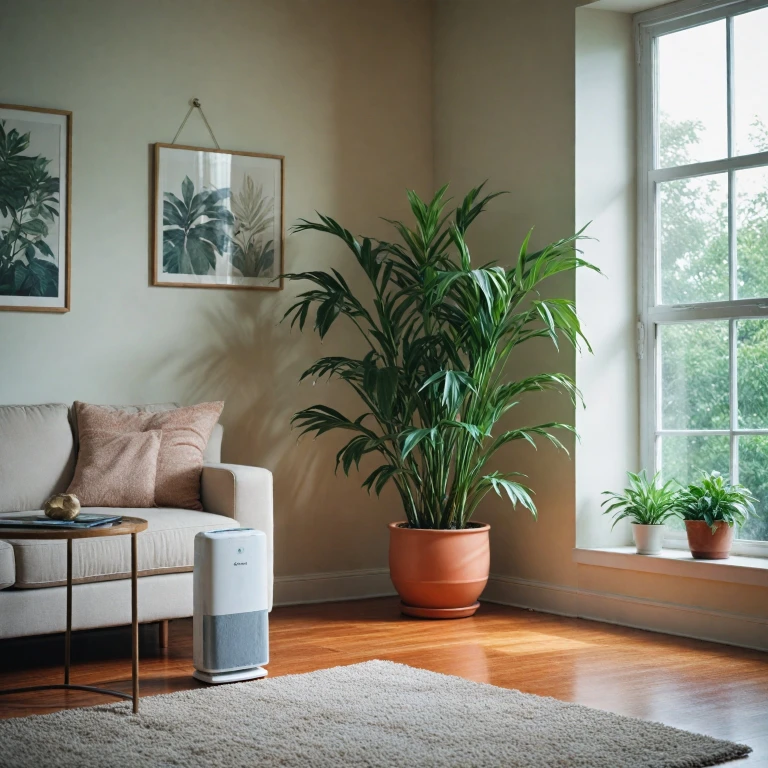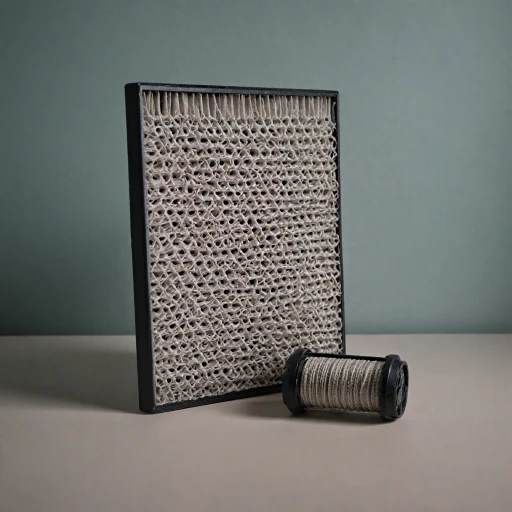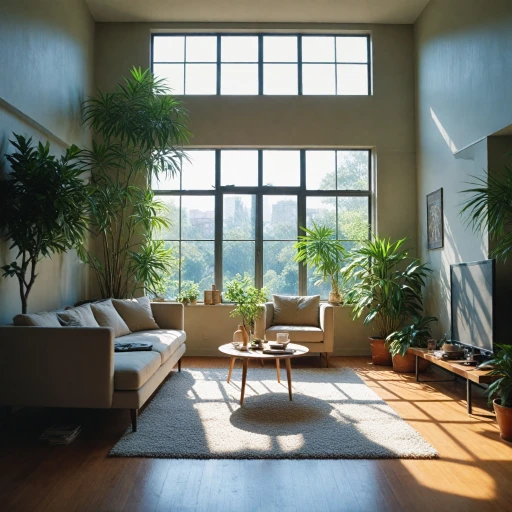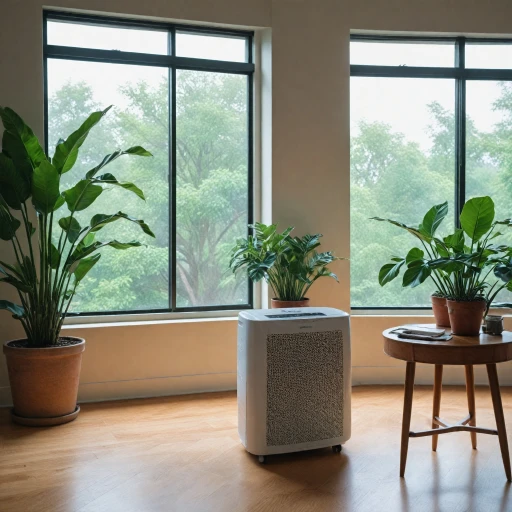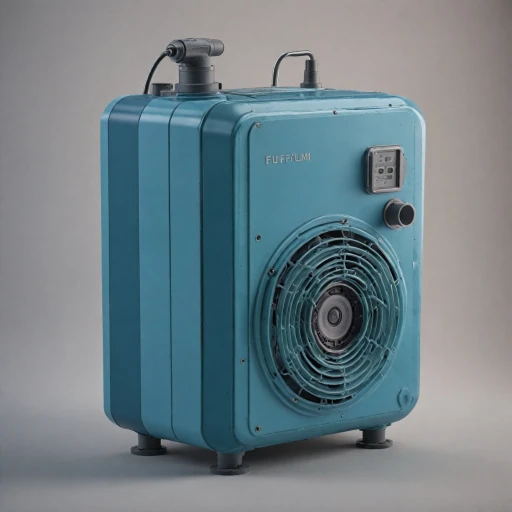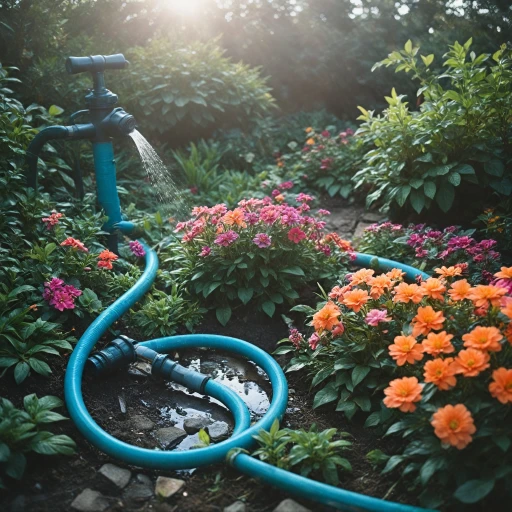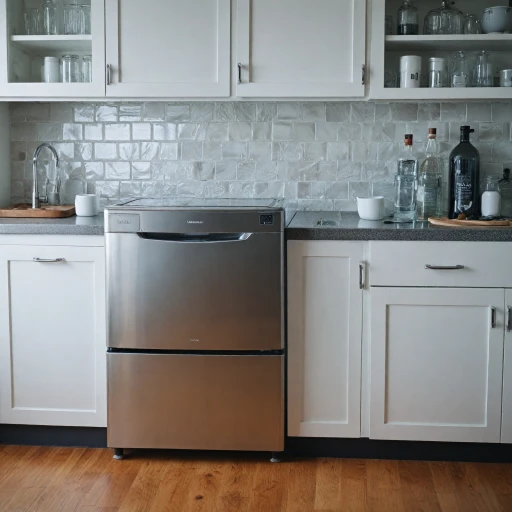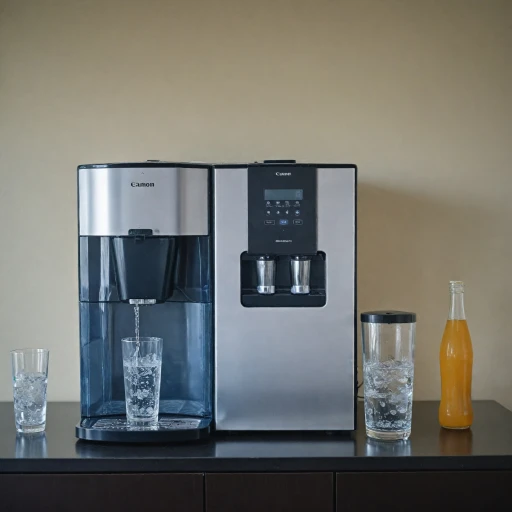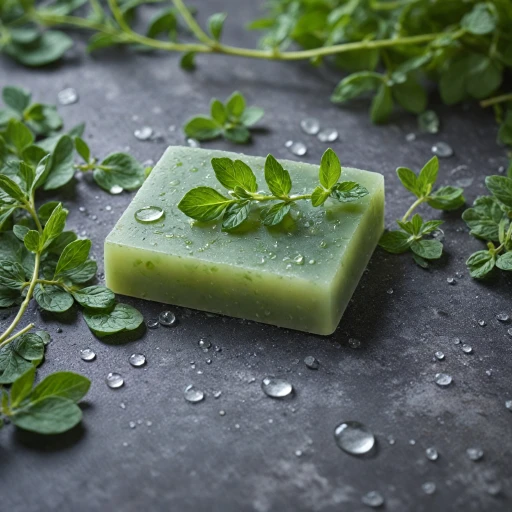How Air Purifiers Work
Understanding the Mechanics of Air Purifiers
Air purifiers are devices designed to enhance indoor air quality by filtering out contaminants from the environment. They operate on a relatively straightforward principle - drawing in air, purifying it through specialized filters, and then pushing the clean air back into the room. The effectiveness of air purifiers largely depends on the types and quality of filters they use. HEPA filters are a common feature in many purifiers, capable of trapping up to 99.97% of particles as small as 0.3 microns. This includes dust, pollen, pet dander, and even some bacteria and viruses. Activated carbon filters, on the other hand, target gaseous pollutants, focusing on removing odors and volatile organic compounds (VOCs) from the air. While air purifiers are effective in removing particles and improving air quality, they typically do not add or remove moisture from the air, an important factor to consider regarding humidity levels. This aspect makes them different from devices like humidifiers or dehumidifiers, which specifically alter moisture levels in the indoor environment. Air purifiers help in maintaining a healthier indoor space by reducing long-term exposure to pollutants, thereby potentially alleviating respiratory conditions and improving overall well-being. Moreover, awareness of the potential risks hidden in air ducts, such as asbestos, underscores the importance of maintaining clean air within your home. For more details on these risks, you can find additional insights in understanding the risks of asbestos in your air ducts.Air Purifiers and Humidity: The Connection
Exploring the Relationship Between Air Purifiers and Moisture Levels
Air purifiers are designed primarily to improve air quality by removing particles such as dust, pet dander, and pollen. They do not typically affect humidity levels directly. However, understanding the subtle connections between air purifiers and indoor humidity can help you manage your environment more effectively.- Filters and Humidity
- Most air purifiers employ HEPA filters or activated carbon filters to capture airborne particles.
- These filters do not actively remove moisture from the air. However, by removing pollutants, they may indirectly affect the perception of air "dryness."
- Cleaner Air and Perceived Dryness
- When the air is cleaner with reduced particles, it may feel fresher, which some people associate with dry air.
- The absence of airborne irritants can enhance comfort but might not actually increase dryness.
- Air Movement
- Purifiers circulate air to draw in particles and pollutants. This air movement can sometimes make a room feel drier than it is, especially in already dry conditions.
- While purifiers help circulate air, they generally do not remove significant moisture levels unless paired with specific dehumidifying technology.
- Using Air Purifiers with Humidifiers
- To maintain balanced humidity, consider using a humidifier in conjunction with your air purifier, especially in environments where air is naturally dry.
- This combination can help you ensure that both air quality and humidity levels are optimized.
Factors Influencing Indoor Humidity
Factors Influencing the Balance of Moisture Indoors
When considering indoor humidity levels, several factors come into play, influencing how moisture interacts within your living space. Understanding these variables can help you maintain a healthier indoor environment.- HVAC Systems: Central heating systems and air conditioning units can significantly impact indoor humidity. While they regulate temperature effectively, they may also dry the air, leaving moisture levels lower than optimal.
- Air Purifiers: These devices primarily filter air particles, such as dust, pollen, and pet dander, but their effect on indoor humidity can vary. Depending on the type, they might inadvertently alter humidity levels by continuously circulating air.
- Presence of Plants: Indoor plants naturally release moisture during transpiration, which can slightly increase humidity levels in a room. However, their impact is often minimal unless in large quantities.
- Building Materials: The materials used in constructing a home can affect how moisture is retained or dispersed within a room. Wood, for instance, may absorb moisture, while some metals and synthetics have the opposite effect.
- Activities and Appliances: Everyday activities like cooking, showering, and using appliances such as dryers can release steam and moisture into the air, increasing indoor humidity levels.
Types of Air Purifiers and Their Effects on Humidity
Understanding the Effects of Various Air Purifiers on Moisture Balance
When venturing into the world of air purifiers, it’s essential to consider how different types impact humidity and overall indoor air quality. These devices, while primarily designed to enhance clean air by eliminating particles, also have varied effects on indoor humidity levels. Let’s delve into how different air purifier types might affect the moisture in your room.
HEPA Filters and Humidity
HEPA filters are renowned for their ability to remove fine particles like dust pollen, pet dander, and other allergens from the air. They focus on filtering out particles rather than moisture and do not directly alter indoor humidity levels. However, because they help improve air quality by eliminating pollutants, they might give the impression of air being "fresher," but they don't dry the air. HEPA filters are ideal when you need efficient removal of airborne particles without affecting moisture levels.
Activated Carbon Filters
Activated carbon filters excel at filtering out gases, odors, and volatile organic compounds, contributing to enhanced room air quality. Like HEPA filters, these purifiers work primarily as gas absorbers and do not have a direct impact on relative humidity levels. For those looking to eliminate unpleasant smells without changing the room's moisture air, these purifiers work efficiently.
Air Purifiers with Dehumidifying Features
Some advanced air purifiers include dehumidifying functions. These models are particularly beneficial in areas where excessive moisture is a concern. They include additional technology to draw excess water from the air, thereby reducing humidity. For individuals residing in naturally humid environments, this combination can be advantageous in preventing mold and maintaining healthier indoor air.
Use of Ionizers
Ionizers release charged ions that adhere to particles, making them heavy so they fall to the ground or are captured by filters. While typical ionizers don't directly affect humidity, they contribute to better air quality by ensuring particles are removed from your living space.
Deciding on the right air purifier means weighing the need for particle removal against the necessity of maintaining ideal humidity levels. If moisture is a significant concern, consider looking into air purifiers with dedicated dehumidification functions. For comprehensive air quality solutions, different purifier types might need to be combined with systems like humidifiers to ensure balanced indoor air quality in the long term.
Maintaining Optimal Humidity Levels
Tips for Achieving Balanced Humidity at Home
Finding the right balance in humidity levels is crucial for maintaining a comfortable and healthy indoor environment. While air purifiers are effective in capturing unwanted pollutants such as dust, pollen, and pet dander, they can indirectly impact humidity levels. Here are some strategies to help maintain optimal humidity:- Monitor Humidity Levels: Keep an eye on indoor humidity using a hygrometer. This device measures the moisture in the air, ensuring that you keep it between the ideal range of 30-50%.
- Incorporate Plants: Indoor plants can help maintain humidity levels. Plants release moisture through a process called transpiration, which can help increase indoor humidity naturally.
- Avoid Overdrying: While using a dehumidifier or running the air conditioning can control moisture, overuse may lead to overly dry air. Be mindful of how these devices are used in conjunction with air purifiers.
- Leverage Humidifiers: In cases where the air is too dry, especially in winter months, using a humidifier can increase moisture levels in your room, creating a balanced air quality when used alongside air purifiers.
- Regular Maintenance: Keep your air purifier filters clean and replace them as needed. A HEPA filter or activated carbon filter should be changed regularly to ensure efficiency and prevent a drop in air quality.
- Ventilation: Ensure proper ventilation by opening windows or using exhaust fans to regulate indoor humidity levels, especially when cooking or showering.
Choosing the Right Air Purifier for Your Needs
Finding the Ideal Air Purifier for Your Indoor Environment
When selecting an air purifier suitable for your needs, it's important to consider a few key aspects. Carefully evaluating these criteria will ensure that your indoor air quality is enhanced efficiently without adversely affecting humidity levels.
Assess the Room Size: Choose an air purifier that matches the size of your room. If the purifier is too small for the space, it won't effectively clean the air or remove particles like dust and pet dander. Many manufacturers provide a recommended room size for each model, so use this as a guideline.
Consider Filter Types: Air purifiers with HEPA filters are generally more efficient at trapping smaller particles, such as pollen, dust, and pet dander, ensuring improved air quality. Additionally, carbon filters can help remove odors and pollutants, contributing to a more pleasant indoor environment. Evaluate your needs and choose an air purifier with the appropriate filter system.
Evaluate Humidity Effects: Since some air purifiers can accidentally contribute to dry air, consider those models that maintain your indoor humidity at healthy levels. Understanding how air purifiers interact with humidity, as discussed earlier, will help you make an informed decision.
Look for Additional Features: Some air purifiers come with additional features, such as built-in humidifiers, that can help maintain optimal humidity levels. These can be particularly helpful in drier climates or during winter months.
Ultimately, your choice should reflect a balance between effective air purification and maintaining the right humidity levels for long-term comfort and health. Make sure to check reviews and any available data on specific models to ensure they meet your requirements and enhance your indoor air quality effectively.
